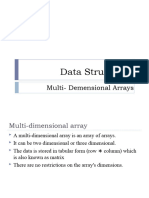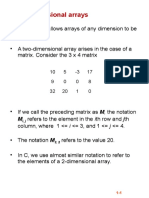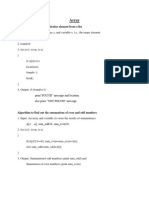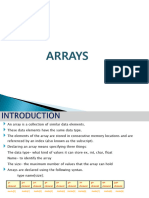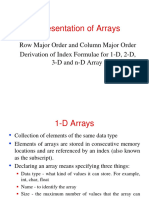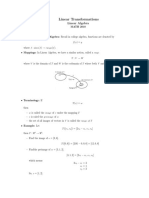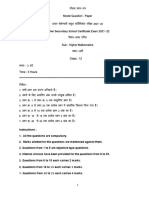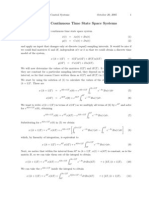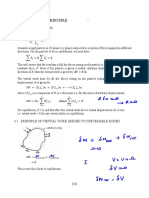0% found this document useful (0 votes)
13 views15 pages(L4) Arrays
The document provides a comprehensive overview of two-dimensional arrays, including their definition, declaration, initialization, and memory representation. It discusses the need for 2-D arrays in organizing data in grids and tables, along with legal and illegal declarations. Additionally, it covers accessing elements, common operations on matrices, and the concept of matrix transposition and diagonals.
Uploaded by
sushantsharma2929Copyright
© © All Rights Reserved
We take content rights seriously. If you suspect this is your content, claim it here.
Available Formats
Download as PDF, TXT or read online on Scribd
0% found this document useful (0 votes)
13 views15 pages(L4) Arrays
The document provides a comprehensive overview of two-dimensional arrays, including their definition, declaration, initialization, and memory representation. It discusses the need for 2-D arrays in organizing data in grids and tables, along with legal and illegal declarations. Additionally, it covers accessing elements, common operations on matrices, and the concept of matrix transposition and diagonals.
Uploaded by
sushantsharma2929Copyright
© © All Rights Reserved
We take content rights seriously. If you suspect this is your content, claim it here.
Available Formats
Download as PDF, TXT or read online on Scribd
/ 15




